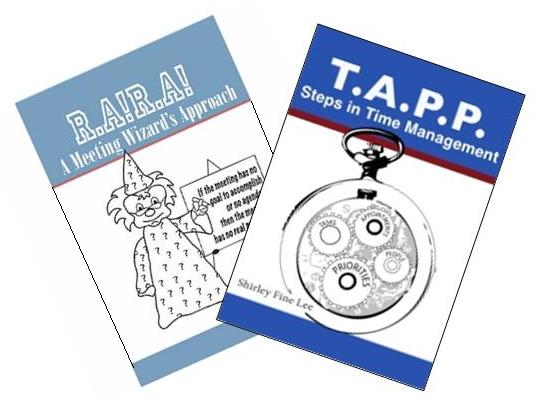
Business managers have been aware of Management of Organizational Behavior (on Amazon #ad) by Hersey and Blanchard for decades because it continues to
be updated, reprinted, and part of MBA programs. In this book, they first talked about a basic change model that includes
knowledge, attitudes, individual behavior, and group behavior. Each part of the model has a difficulty and
time axis associated with it. Let’s look at the four parts of the change model
before discussing their two ways of making the model work.
Parts of the change model:
- Knowledge is the learning part.
This can be taught via reading, mentoring or training. It is the easiest change to make.
- Attitudes are emotional responses.
These may be more difficult to change as they could be either positive (less
difficult) or negative (more difficult) towards the change plan.
- Individual Behavior is more difficult to manage as
it relates to existing attitudes and lack of knowledge. This will require more time and proper communication
to overcome.
- Group Behavior may be defined as Organizational Performance, or
how the groups of individual work together as a cohesive unit. Again, this can require more time as it is
often harder to get people working as a team rather than individual
contributors.
How the model can work:
-- Participatory
Change model, the process looks like:
Personal
Power > Knowledge > Attitudes > Individual Behavior > Group Behavior
This method may be easier to implement because it
relies on the skills of everyone concerned and utilizes champions at various
levels. The result timeline tends to be
longer lasting once achieved, however it can take longer to reach the change
goal.
-- Coerced Change,
the process looks something like:
Position
Power > Group Behavior > Individual Behavior > Attitudes > Knowledge
> Attitudes > Behaviors
Although this method seems longer, it can actually
reach the change goal sooner as it is being enforced by a champion at the
highest management level. The difficulty
here is that there will be resistance to a non-participatory change and there
is the drawback that once the current leader leaves, the desired change may disappear.
While Paul
Hersey continues on the Situational Leadership path, Ken Blanchard has become the name to look to in
management and leadership books - especially through his one-minute series.











 This work is licensed under a
This work is licensed under a
No comments:
Post a Comment